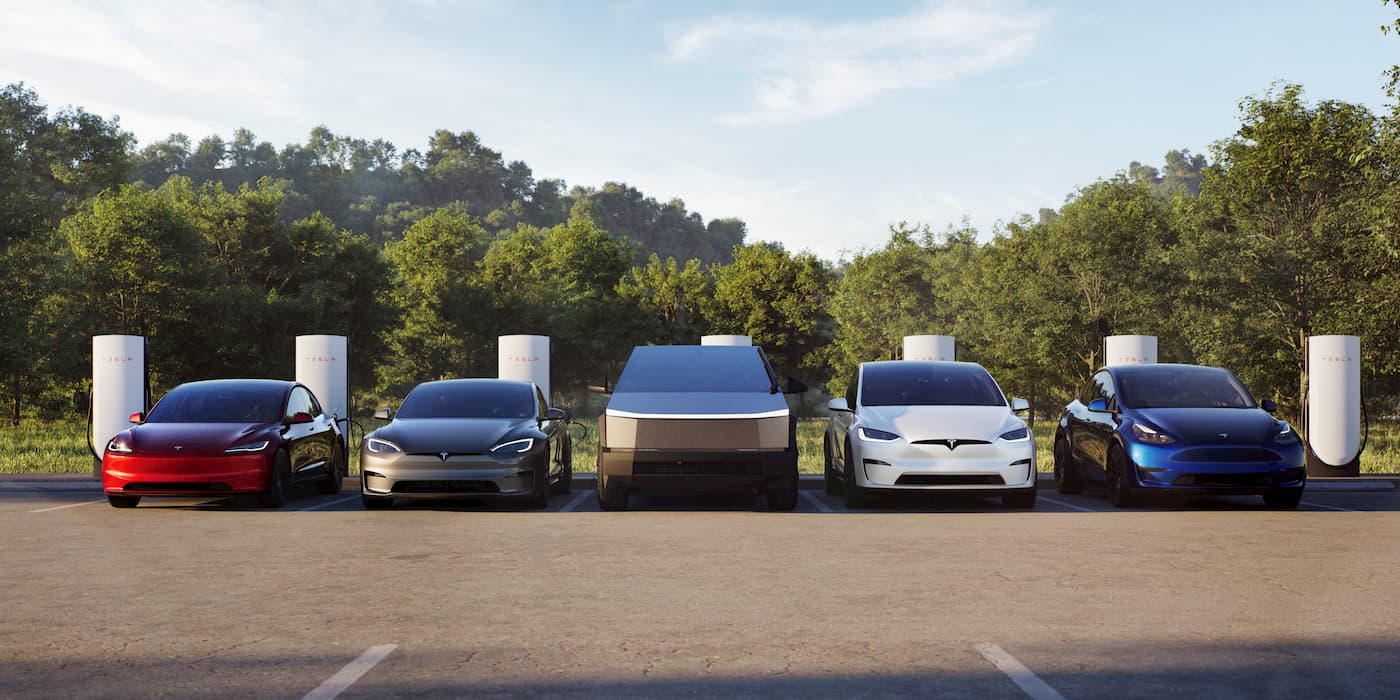
Tesla has started offering lease buyouts on all its vehicles, allowing customers who lease a Tesla to purchase their vehicle at the end of the lease term. But this represents a pullback from its previous autonomous vehicle ambitions.
In yet another end-of-week (well, at least in the US, due to Thanksgiving) release of Tesla news, Tesla has updated its webpage for lease-end options to describe a new option for Tesla leasers: the ability to purchase your car at the end of your lease term.
The new policy applies to all of Tesla’s vehicles, including Cybertruck, Model S, Model 3, Model X and Model Y, starting today, November 27, 2024 (though not in Iowa or Louisiana). Third-party dealerships are allowed to purchase the vehicles, and there is a $350 purchase fee.
Many other companies offer something similar, with owners treating the lease as somewhat of a “trial term” before purchasing the vehicle. There are also potential financial benefits – for example, leasing makes it easier to get the US EV tax credit, and as a result some companies that don’t qualify for the purchase credit have created unique insta-buyout lease options to make use of this exception.
But Tesla hasn’t offered this option for some time. Ever since the Model 3 started leasing, Tesla said that it would not allow lease buyouts at the end of the term, and instead that it would retain ownership of the vehicles and put them into work in a massive robotaxi fleet, taking advantage of Tesla’s Full Self-Driving technology.
But that didn’t just apply to the Model 3, as Tesla ended lease buyouts for all models in 2022, after having previously offered them on Model S/X. This happened during a strange period in the new vehicle market, with lots of vehicles experiencing price spikes due to COVID-related supply disruptions, but also falls in line with Tesla’s previous ambitions and statements about wanting to retain vehicles for an autonomous robotaxi fleet.
Needless to say, this hasn’t panned out exactly as Tesla might have hoped. Tesla’s Full Self-Driving capability, despite being promised “next year” every year for almost the last decade, is not yet able to fully drive the car without a driver.
So this change could represent a pullback for Tesla’s autonomous vehicle ambitions. Tesla CEO Elon Musk has said in the past that its vehicles would become appreciating assets due to their ability to be used as autonomous robotaxis. The theory goes, you could send out your car to pick up passengers and drive them around, making you money on the side when you aren’t otherwise using the vehicle.
Because of this, Musk even once said that Tesla would stop selling cars once it solves autonomy, since it would be able to make more money providing autonomous rides than by selling cars.
Since then, Tesla has pivoted from talking about its regular cars as potential robotaxis to offering a whole separate robotaxi product, in the form of the Cybercab, which was unveiled last month. Though Musk also said during that unveiling that Tesla’s other vehicles would still be usable as robotaxis (well, most of them anyway).
That product is supposed to come out within two years, which means any standard 3-year lease term that starts today would end after Tesla has solved self driving – if you take their word for it. If that’s the case, then starting a lease buyout option for cars leased today wouldn’t make a lot of sense if you’re confident that they could be used as robotaxis in less than three years.
So it’s hard to think of this news as anything but a pullback in Tesla’s self-driving plans. If it’s true that Tesla thinks vehicles can make more money as robotaxis, and it’s true that Tesla thinks it will solve self-driving in the next two years, then why would Tesla suddenly start allowing buybacks that said it wouldn’t do specifically because of those two things?
So – either Tesla thinks it can’t make much more money with robotaxis, or it thinks it can’t solve self-driving before today’s lease terms are up.
Of course, there’s one other explanation – Tesla just wants to end this quarter strong. The company has already pulled several demand levers lately, with 0% financing, lower lease prices, and a “one-time” FSD transfer scheme for the fourth time as it’s trying to make up for a bad start to the year. It’s one of the few EV companies whose sales are down year to date as the rest of the industry continues to grow, and is trying to end the year flat-to-positive on sales compared to 2023.
It has some work to do to catch up, so we’re not surprised to see more demand levers being pulled. Nevertheless, this change still doesn’t jive with Tesla’s previous self-driving ambitions – and that’s notable.
If you’re looking to take advantage of Tesla’s new lease buyback policy, you can use our Tesla referral code for up to $36/mo off your lease price, or up to $2,000 off purchase (depending on vehicle).
